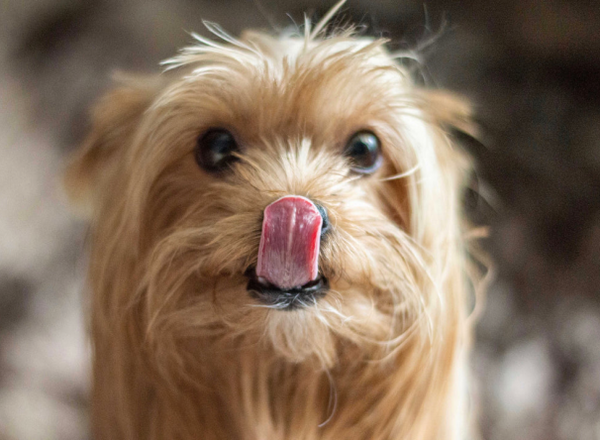
This week, Australia’s most beloved ball of fur experienced unfathomable losses. A single fire in a wild colony near Port Macquarie killed 350 koalas. Fires in corridors of coastal bushland near Taree and Queensland’s Sunshine Coast may have killed hundreds more. With the koala population already teetering at just 80,000, it’s frighteningly significant. To give this week’s tragedy some scale, if our human population lost the same proportion, then nearly 40 million people would have died. It’s catastrophic. But sadly, our policies and priorities have led us to this place. In fact, the koala has been swaying dangerously in the warm winds of climate change for decades.
The reality check for koalas comes high up in those trees they call home. They exist in an ecological niche as one of only three animals capable of surviving on a diet of essentially toxic eucalyptus leaves. It’s a diet so low in nutritional value, they’ll sleep for around 20 hours a day just to digest it. So understandably, when you’re already existing on a knife-edge, even small changes to the Australian climate and rainfall have drastic and dramatic effects on their long term survival.
Take the University of Sydney study released in June of this year. It found that in the face of unprecedented heat and drought, koalas could no longer rely on eucalyptus leaves as their sole source of water. In fact, the extreme heat makes their food of choice simply too high in leaf toxins anyway. So, koalas must do something they’ve never needed to do before and go looking for water. Yet in the process, they encounter busy roads, cars, dogs and disease. Yes, all the other factors pushing the species to the edge of extinction.
You could argue there’s been no bigger loser in the battle to develop our coastal bushland areas than the koala. Housing estates and infrastructure trim these eucalyptus forests until they’re narrow, confined corridors wedged between suburbs and motorways. This squeeze has its most lethal effect when bushfires begin however. With no escape in any direction and with koalas concentrated in narrow tracts, entire colonies of koalas are lost. Tragically, there was no better demonstration of this than in the recent fires near Port Macquarie where just 16 burnt koalas were able to be rescued. The rest it seems were left to be hopelessly incinerated in the trees they took refuge in.
Australia was horrified when it was recently revealed that the koala may be functionally extinct by 2050. It’s hard not to think that the events of the last week may have even hastened that.
Surely the most perverse idea for us to process is that the very animal we proudly wheel out each week to greet international celebrities is the very animal being quietly wheeled out of existence this past weekend. By any measure, it’s an extraordinary way to treat our most potent tourism ambassador.
But here’s the thing. The koala IS cute, adorable and absolutely iconic. If we’re standing by watching it get wiped out with this changing climate’s extreme events, what chance does the rest of our natural world have?
The plight of the koala is the warning call we need to listen to. Sleep through the alarm and the Australia we know and love will surely also go up in smoke...
![[featured-product-1]](//www.drool.pet/cdn/shop/files/S47-Front-C-Poo-Bags-3pack-24505-Drool-0306_3.jpg?v=1742360876&width=120) FREE 3 Rolls of Poop Bags
FREE 3 Rolls of Poop Bags
 FREE School Snacks Training Treats
FREE School Snacks Training Treats
![[featured-product-1]](http://www.drool.pet/cdn/shop/files/S47-Front-C-Poo-Bags-3pack-24505-Drool-0306_3.jpg?v=1742360876&width=120) FREE 3 Rolls of Poop Bags
FREE 3 Rolls of Poop Bags
 FREE School Snacks Training Treats
FREE School Snacks Training Treats



































